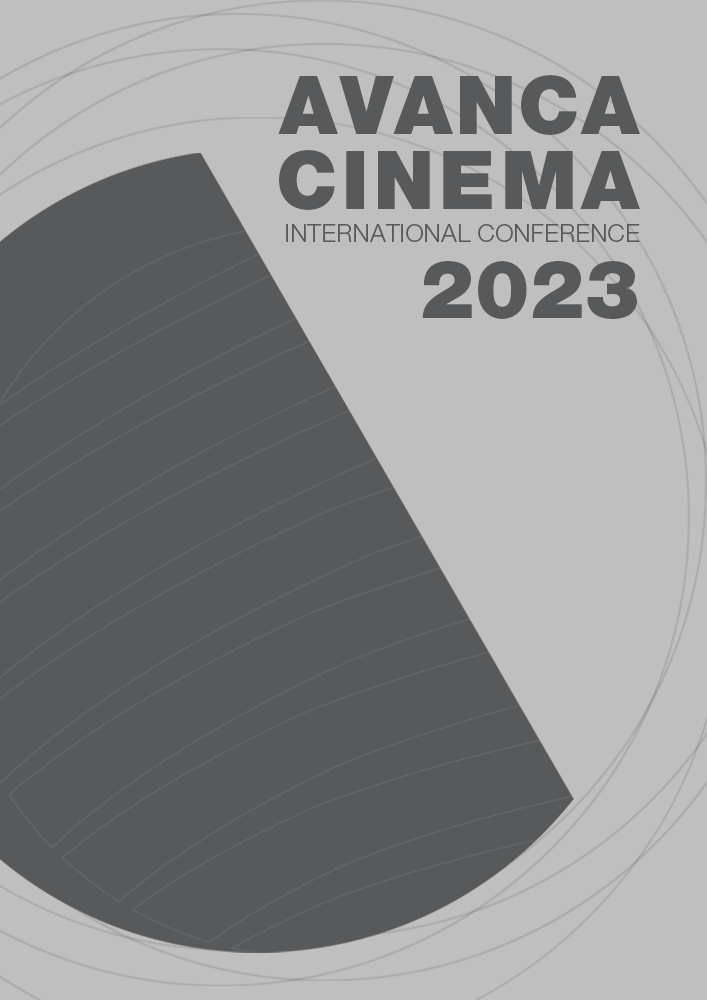Capítulo II _ Cinema - Cinema
Aesthetics of Color in Afghan cinema
Resumo
In the world of existence, everything takes its existence to be visible from the light. Light gives color and beauty to objects and creatures. Color gives them an expressive profile. When objects have color, they are seen better and the audience is more attracted to them. In many cases, manufacturers use colors to attract their buyers so that they can attract them to that product.
This issue also exists in the cinema. Since the beginning of the cinema until today, all filmmakers have been trying to create a dream space for their audience so that they can convey their desired message to the audience in that space. Therefore, in different eras, new technologies entered the visual space of cinema. Color was one of the effects that entered the silver screen and changed the world of cinema. Color is like spice in food. Just as spice gives food lust, color gives soul and feeling to the image. Today, many filmmakers, apart from feeling and attractiveness, give meaning to the image through color. Because the image is a visual medium, the filmmaker can use the psychological states of colors to induce certain feelings of the scene and story to his audience.
In the western world, the use of color and sense of color in the scene has become a common category and all filmmakers use it well, but this case has not grown much in the cinema of Central Asia, especially in the Middle East countries. In countries like Iran and Afghanistan, they cannot use color properly because many filmmakers in these countries do not know color properly, and this lack of knowledge about color in many cases makes them unable to use color correctly and have amazing effects. have it on the audience and convey the message to the audience.
In many Central Asian films, the absence of color psychology in the films is clearly understandable. Few filmmakers like Asghar Farhadi in Iran try to use color correctly. But in Afghanistan, it can be said that there is no filmmaking that can use color in the right way. But in Indian cinema, they use color in an exaggerated manner, of course, it should be said that part of this exaggeration is due to the type of Indian culture that they are more interested in happy colors and in their country they have a special festival called the festival of colors. But in European and American cinema, color is used to convey the feeling of the scene and story. For example, in the movie Avatar, blue color can be seen in most of the film space. And it evokes a special feeling towards the scenes of the movie, or like Stanley Kubrick who uses colors with a very special skill in the movie «Eyes Completely Closed».
Such scientific and meaningful uses are not seen in any of the Middle East films, especially in Iran and Afghanistan. In many cases, it can be attributed to the low level of study and understanding of color and the scientific concepts of color in cinema by Afghan filmmakers.

Este trabalho encontra-se publicado com a Licença Internacional Creative Commons Atribuição 4.0.

